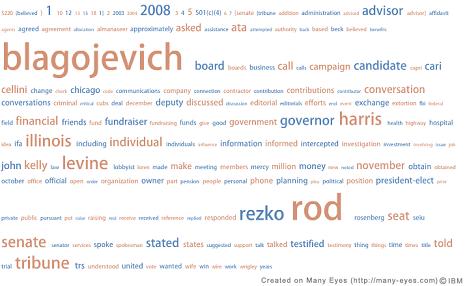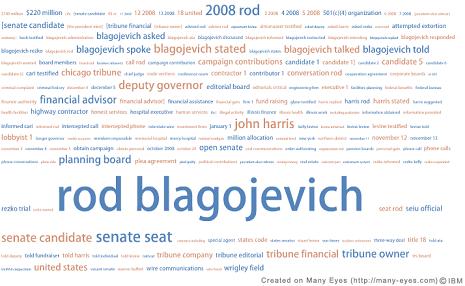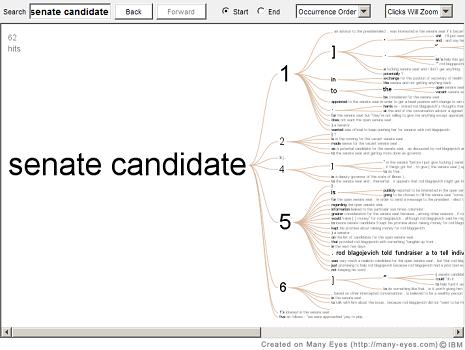I was going to review a book about (the idea of) work today, but I’m still reading it. So instead I’ll write a little about card check, which I’ve been trying to learn more about. As I understand it (and correct me if I am misunderstanding things), current law says that workers gain union recognition if a secret ballot election results in a majority vote in favor of unionization. Under a card check system workers would gain union recognition if a majority sign cards authorizing the formation of a union. Sometimes employers recognize unions on the basis of card check, but they can choose not to and require an election.
Labor groups and most Democrats in Congress favor card check, which would be given the same legal force as an election if Congress passes and the President signs into law the Employee Free Choice Act (EFCA); employers favor keeping the current secret-ballot requirements. Each side argues that the other’s position allows the other to unfairly influence the outcome of the process: employers can engage in anti-unionization tactics over the months before an election is held; union organizers can approach workers multiple times over a period of months until they get enough cards signed.
I’m generally pro-unionization, and given a choice between only the two options of card check and secret ballot under current conditions, I would favor card check. As it happens, I don’t think the choice is quite that restricted: I believe that the EFCA allows employees to choose either card check or an election.* (I’m going by wikipedia here, so again, correct me if I’m wrong.) Nevertheless, though I know there’s plenty of evidence that the current election system is deeply flawed, I’m still not very comfortable with the idea of not using a secret ballot at all.**
Which is why I was interested to see this piece in Slate by William B. Gould IV, who was chairman of the National Labor Relations Board under the Clinton administration. Gould writes that the “Democrats’ view [in favor of the EFCA] is preferable to the status quo,” but doesn’t think that the Democrats will be able to get the 60 votes needed to overcome a Republican filibuster. Instead, he suggests the following compromise, which keeps the secret ballot but reforms the elections process:
Secret ballots to resolve union representation rights are the way to go, and Obama should meet the Republicans halfway by saying so—and then add this all-important coda: Elections should continue only if the law ensures that voting is conducted expeditiously—for instance, within one or two weeks of the filing of a union’s petition seeking recognition. This is the case in Canada, whereas in the United States, the resolution of union drives currently takes months and sometimes years. Quick elections are the key to meaningful reform because delay is the principal way in which labor law stacks the deck against employees. It allows employers to engage in one-sided anti-union campaigns of intimidation and coercion, with little possibility for remedy.
This seems like a good idea to me, but I can’t help thinking it’s probably not the first time it’s been proposed. Which leaves me with some questions: has it already been considered and rejected? If so, why? And would the Republicans filibuster it anyway?
In the meantime, outside of Congress, the Bush administration appears to be getting ready to take action against card check (via TPM) among government contractors:
The executive order would require large government contractors to use secret-ballot elections for union organizing or risk losing government contracts, say people familiar with the order. Though companies typically prefer secret ballots, some are willing to accept card checks to avoid a fight.
Will someone stand up for employer free choice?
*I wonder how this decision is made: do they hold an election about holding an election?
**There’s probably an interesting history to be written about the rise of the secret ballot and its diffusion into nonpolitical contexts. Do shareholder elections use the secret ballot?



